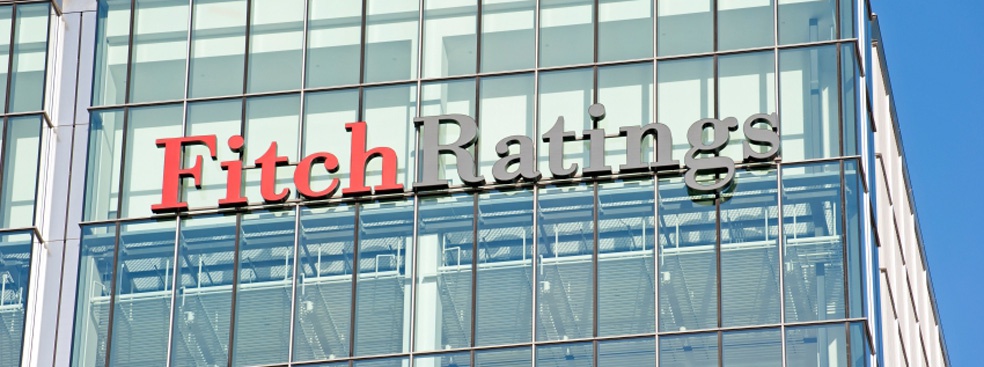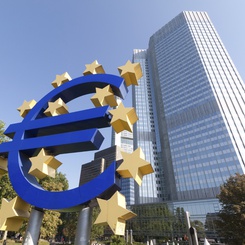ESSEC Knowledge spoke with Patricia Langhor about corporate bond financing, credit risk, ratings and governance. Will the irresponsible lending, attractive in times of high liquidity, again become a global liability?
If bad debt was the primary culprit behind the 2009 financial crisis, why was it not being effectively controlled?
In the period leading up to the financial crisis of 2009, many restrictions and covenants meant to manage risk-taking fell into disuse quite simply because there was appetite for risk taking amongst investors. This demand was driven by the low interest rates and high liquidity of the time: investors needed to take risks in order to increase their yield. What made matters worse was that this environment also made it easy for originators to pool together very risky loans, restructure and sell a risky investment before it became a serious concern. This Originate-to-Distribute structured finance model gave even very bad loans the allure of good debt.
At the end of the day, risky investment wasn’t a concern in this high liquidity environment. Firms who needed cash knew that investment banks would be willing to write up pretty flexible contracts that investors were willing to buy. They even looked the other way when some firms went so far as to borrow money to distribute dividends to their shareholders, something that would be quite shocking today.
Could excessive risk-taking again become a problem?
The sudden realization that this structured debt was actually toxic is what triggered the financial crisis of 2009. This was a real shock to the system: Where it had once been easy to get rid of risky investments before they became an issue, all of a sudden it became much more difficult to pass on a hot potato, so-to-speak.
In this new environment, the tools, regulations and prescribed covenants used to monitor risk were suddenly back in favor. In other words, now that there was a lot less liquidity, less cash on the market, people were becoming increasingly wary of credit quality.
Today, this crash is still a recent memory so many investors are still chilly, still extra cautious. The thing is, interest rates are low, liquidity is increasing and will one day again be at high levels. If we don’t work now to improve safeguards, there is going to be the temptation to go back to the same risky behavior as before.
How can we improve controls on manager and shareholder risk taking?
This is an important question for academics and market participants alike and one of our primary objectives with the Corporate Bond Financing, Credit Risk and Governance roundtable discussion at the Council on Business and Society International Forum is to identify some possible answers.
The crisis of 2009 made it clear that corporate distress carries with it huge costs for society at large and this realization is providing new incentives for better corporate governance in this regard. The problem is that, generally speaking, questions of corporate governance put too much emphasis on the relationship between management and shareholders, leaving aside other important stakeholders. It’s important to remember that the objectives of shareholders are not completely in-line with those of the general public. As residual claimants, they have more incentive to take risk as they stand to profit most from the upside while only risking their initial investment.
Today, I think it’s important to bring some much deserved attention to bondholders. Unlike shareholders, their interests are in alignment with those of society in the sense that they don’t want excessive risk taking. Like the local economies in which these firms exist, the bondholder’s ultimate goal is financial sustainability. The problem is, when times are good, bondholders tend to not pay much attention to credit risk.
Do ratings accurately gauge and identify the signs of risk?
We know now that ratings in the structured finance sector were inflated prior to the crisis. The entire Originate-to-Distribute model relied on these inflated ratings. First, few investors were paying attention to the credit risk underlying the ratings, but were just concerned about the face value of ratings as they are hardwired into financial regulation, guidelines and contracts. Secondly, issuers of structured finance instruments shopped around for the highest ratings. Finally, this led rating agency competition in the structured finance segment to an inflated ratings race.
For this reason, there is a lot of effort today to remove explicit reference to ratings in financial regulations. Rating agencies are also making more effort to communicate on the logic behind a given rating. They’ve even changed the notation slightly in order to identify explicitly when a rating refers to a structured financial instrument.
In terms of corporate governance, the key quality of ratings is that they are public, observable and verifiable measures. Hence, the board, the executive committee, the shareholders and CFOs can explicitly refer to the credit rating. CFOs will seek to carefully manage their credit rating, for instance, when evaluating different strategies they will take explicitly the impact on their credit rating into account.
The bottom line is that while ratings play a key role in helping creditors and other stakeholders to identify risk, their use and hardwiring into regulation needs to be reassessed. The tools for managing risk are there for the most part, it’s just a matter of tweaking and bringing these back into standard use.









